There is a special thing in the border area of Vietnam - Laos that the people living along the border often have family relationships. This originates from history. During the war years, people lived together and fought side by side to repel the invaders. After the planning, the border was clearly divided into two countries, people living in Vietnam have Vietnamese nationality; people living in Laos have Lao nationality. Thus, although living in two countries, with different nationalities, the people still have the same origin. The saying "Vietnam - Laos brothers" is both true in the sense of promise and in the broader sense.
Quang Tri province has nearly 200km of border adjacent to Salavan and Savannakhet provinces (Laos). In recent years, through the activities of village-village friendship on both sides of the border, Vietnamese and Lao people have more conditions to help each other. Border Guard Stations and local authorities also support plants and seedlings for Lao people to develop the economy and especially take care of people's health. Currently, on the land border of Quang Tri, there are 11 clinics and combined military and civilian medical stations. In the past 5 years, the military medical force has examined, provided emergency aid and treated more than 50,000 people, of which more than 5,000 were Lao people, with an estimated cost of more than 3.2 billion VND. During the COVID-19 outbreak, the Quang Tri Border Guard's medical force provided medicine and medical supplies to prevent COVID-19 to localities in the border area of Laos worth nearly 1 billion VND.
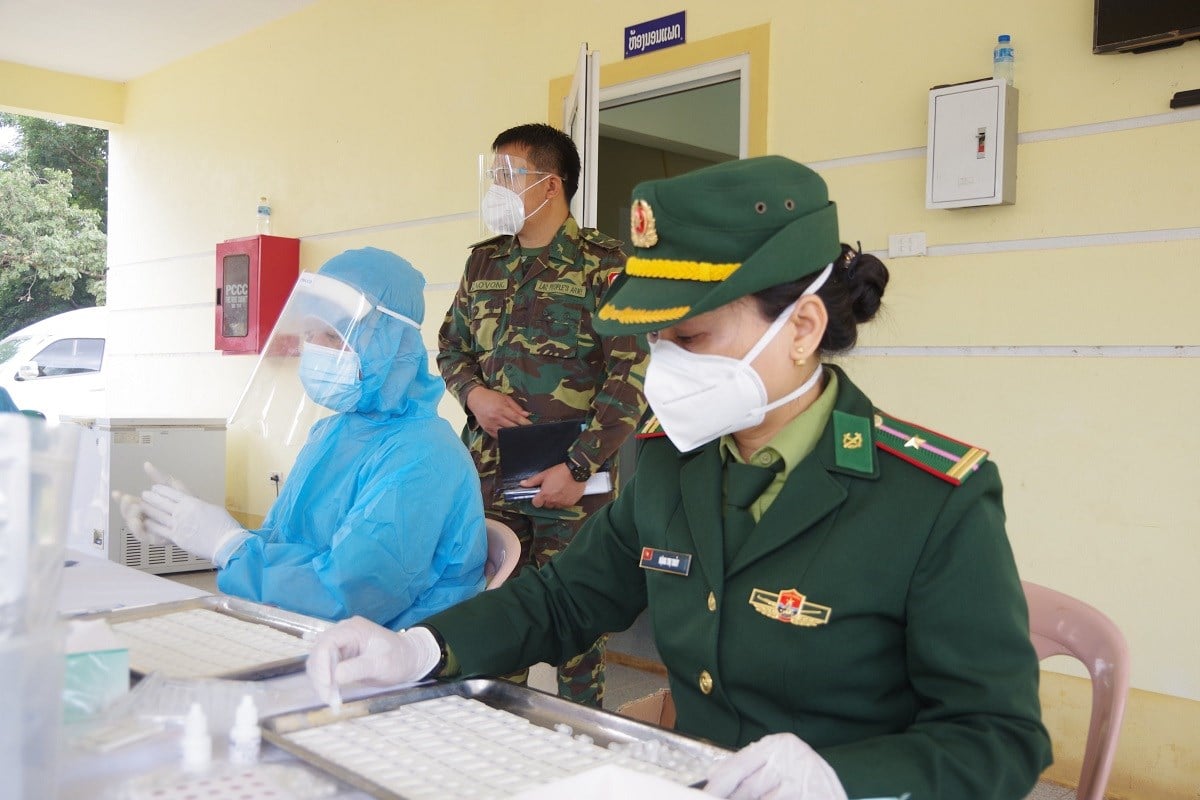 |
Quang Tri Border Guard medical staff supports Lao military medical staff to examine people. Photo: Internet.
With their practical work and actions, the team of doctors in “green uniforms” of the Quang Tri Border Guard (BĐBP) has left a good impression in the hearts of the people of Laos. This work has further warmed the close friendship between the people on both sides of the border.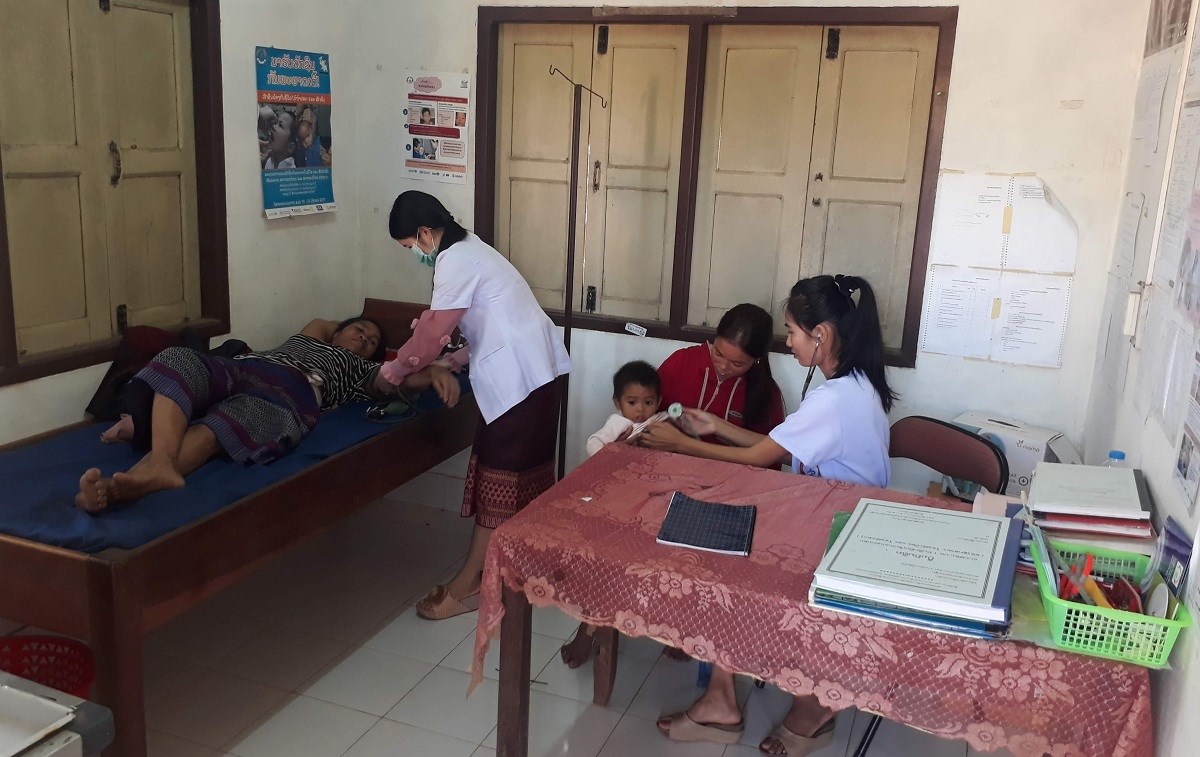 |
Thanks to the help of Lao Bao International Border Guard Station in building a commune station, Lao doctors and nurses have better facilities to serve the medical examination and treatment of the people. Photo: Internet.
According to Colonel Le Van Phuong, Commander of the Quang Tri Border Guard, in order to do a good job of taking care of the health of the people in the border area in general, and the people of the opposite villages of Laos in particular, the medical staff of the units are regularly trained and improved in skills. At the same time, medical staff are encouraged to learn Lao to support more convenient medical examination and treatment. However, the conditions of equipment and supplies are still limited while the demand for medical examination, treatment and health care of the people is increasing. Therefore, we hope to have a mechanism to coordinate and support infrastructure, medicine and medical supplies for clinics to carry out this work more effectively.
 |
A Vao Border Guard Station's military doctors examine people in Ro Ro village. Photo: Internet.
In April 2014, the Quang Tri Border Guard Command inaugurated and put into use the A Vao Military-Civilian Medical Station. The station is staffed with 1 doctor and 1 nurse with examination, treatment and inpatient rooms. In fact, compared to many places, the station is not large in scale, but in a remote and isolated area like A Vao, this is considered a "hospital", especially with the working capacity of the Border Guard doctors. The station not only examines and treats local people but also regularly examines and treats the people of Ro Ro village (Cluster 2, Sa Muoi district, Salavan province, Laos), located not far from the Vietnam-Laos border. Mr. Con Luan, head of Ro Ro village, Laos, said: The village is far from the center of Sa Muoi district, transportation is not convenient, the life of the people of Ro Ro village mainly depends on small-scale livestock production, and natural slash-and-burn farming, and therefore they face many difficulties, especially when it comes to the economy. Every time they get sick, it is almost impossible to go back to the district center, so people often rely on A Vao Border Guard Station, Quang Tri Border Guard. Thanks to the Border Guard doctors, people are examined and treated promptly and thoughtfully. People are very grateful to the Vietnamese Border Guard doctors.
Not only providing medical examination and treatment for Lao people, Quang Tri Border Guard also has many activities to support the medical forces of Salavan and Savannakhet provinces. Ka Tup village (Se Pon district, Savannakhet province) has 86 households with 450 people. This is a locality located close to the border with Vietnam, far from the district medical center, the economic life of the people is still difficult, so health care is limited. In that situation, the medical staff of Lao Bao International Border Gate Border Guard Station also regularly visits and provides health care for people in neighboring villages of Laos. In 2013, Lao Bao International Border Gate Border Guard Station contributed and called on organizations and benefactors to donate 550 million VND to build a medical station for Ka Tup village. Since the clinic was established, doctors and nurses have had accommodation and better medical facilities. Since the Quang Tri Border Guard built the station as a gift, many people have come to visit and receive medical treatment, and primary health care has improved significantly. On average, 350-400 people come to visit each year. In addition to ensuring the health of the people of Ka Tup village, the station also provides medical services to the people of the remaining 6 villages of the Ka Tup village cluster.
And just like that, through practical work, the doctors in green uniforms on the Quang Tri border both treat and save people and build the Vietnam - Laos friendship./.
Vietnam.vn



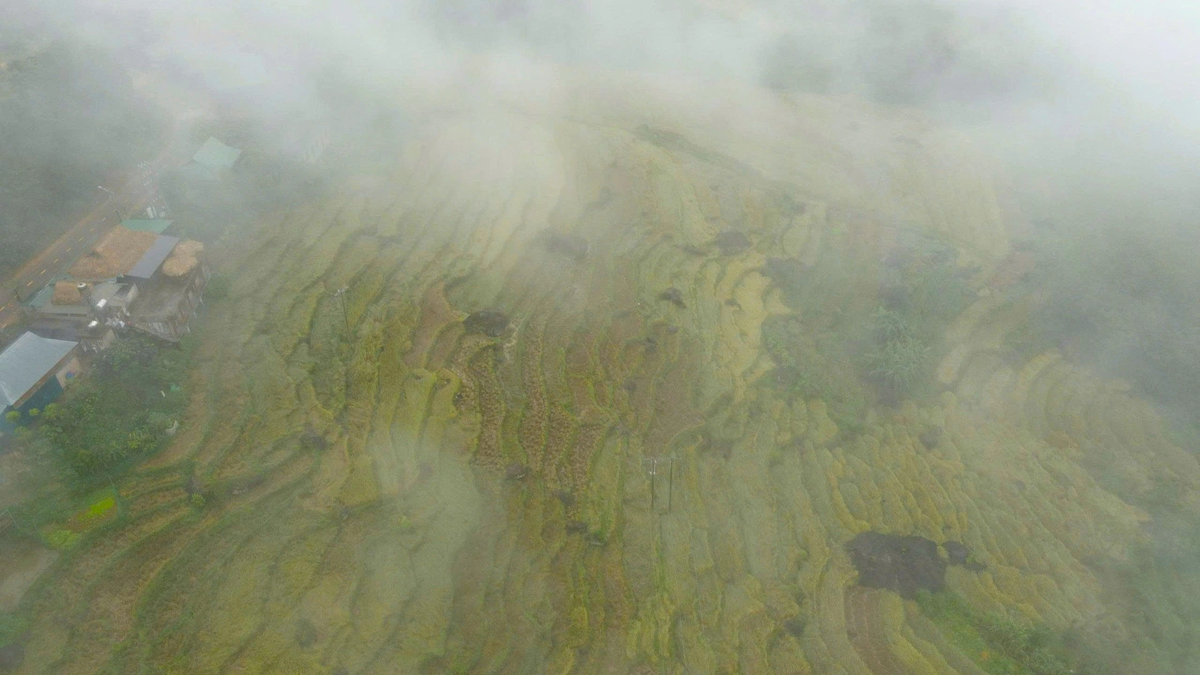
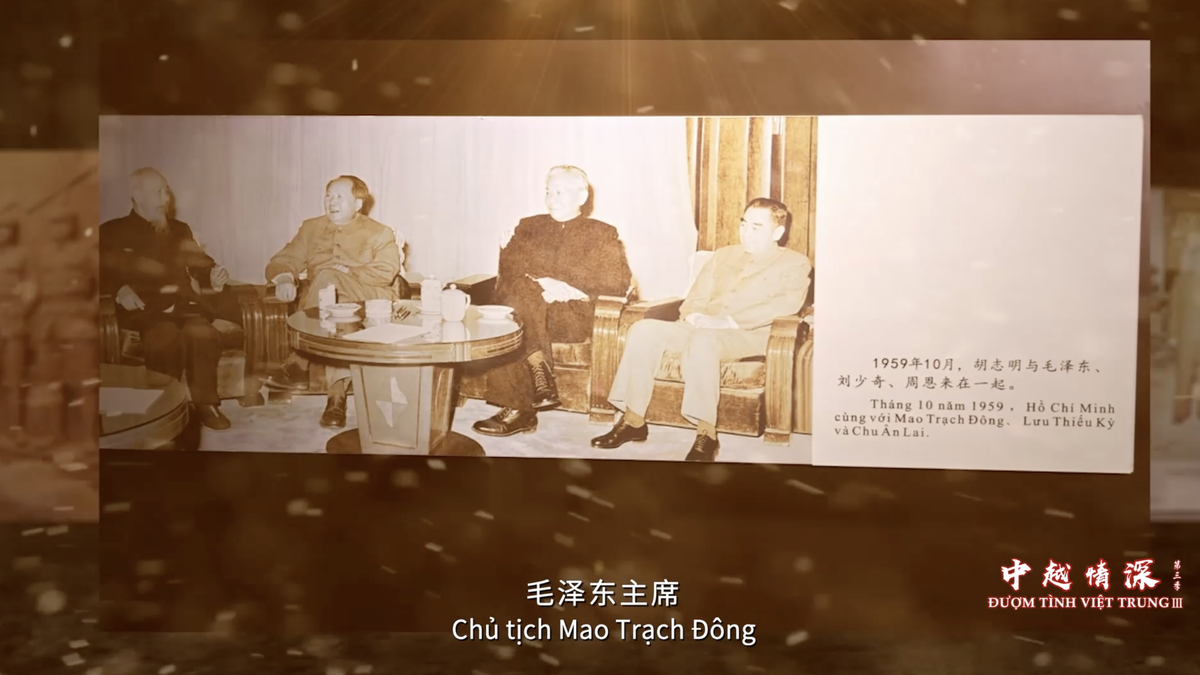
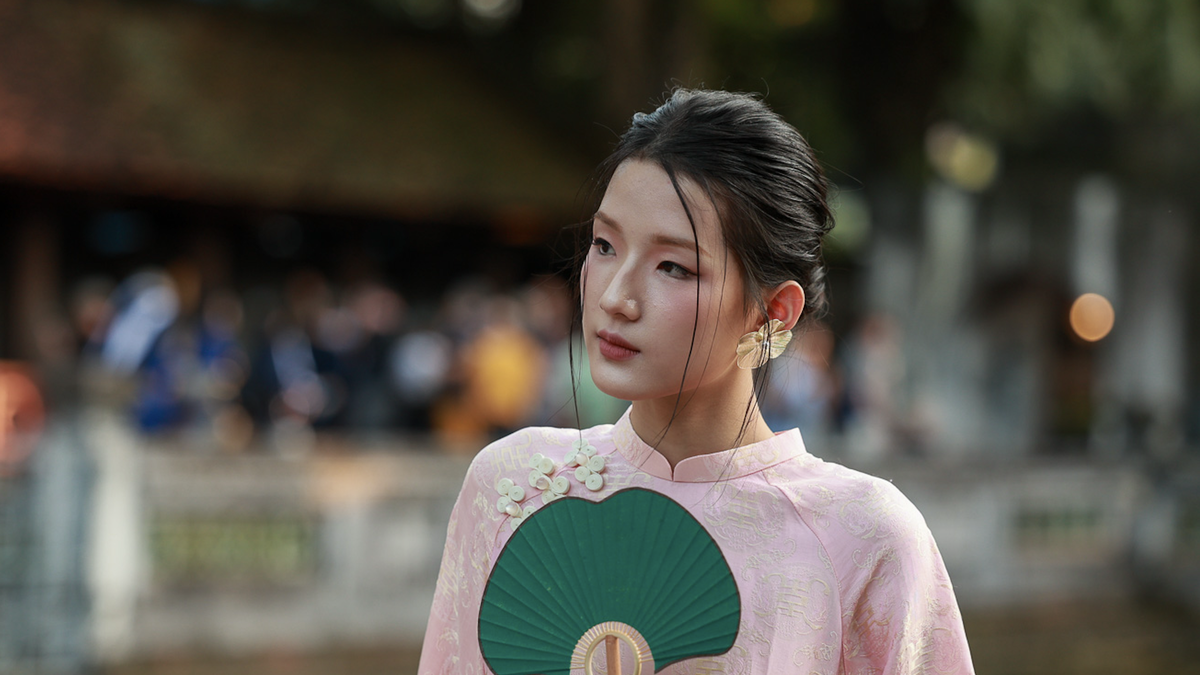
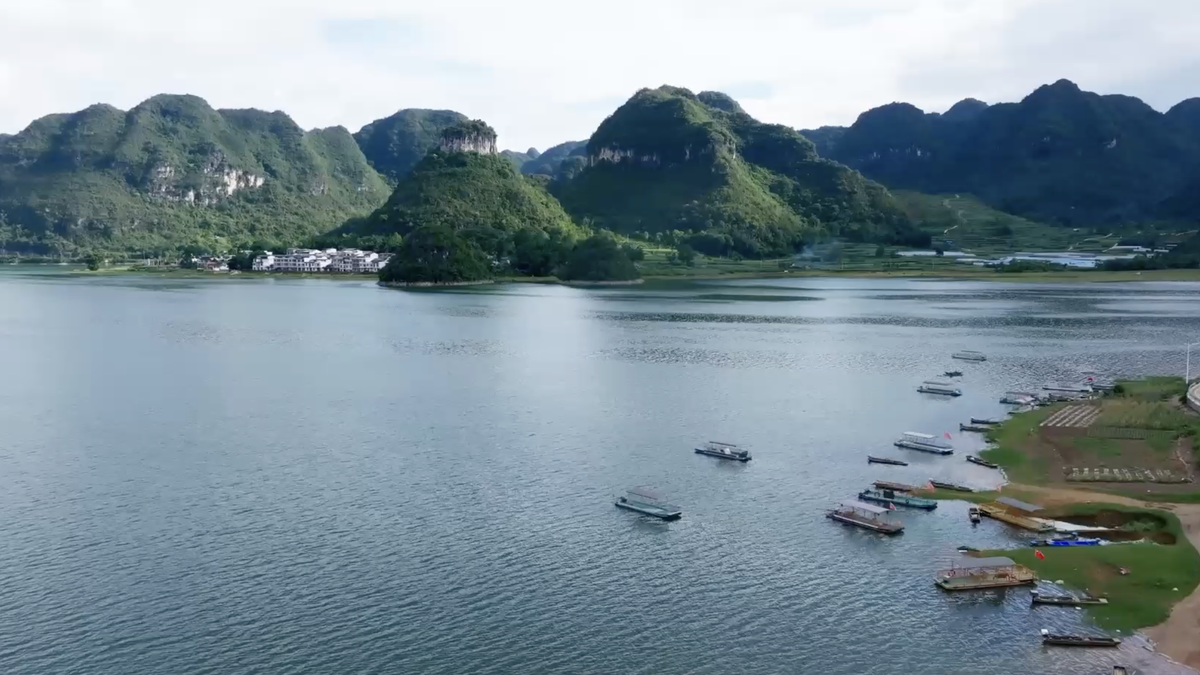

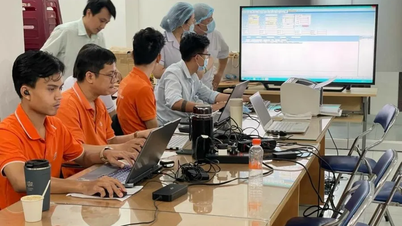



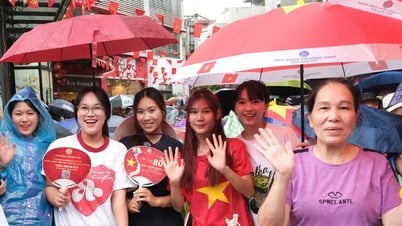

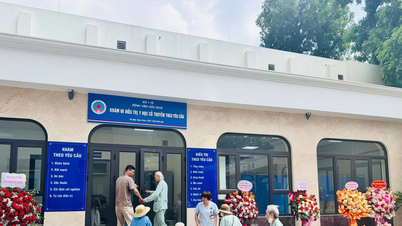

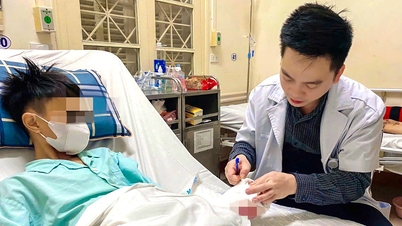

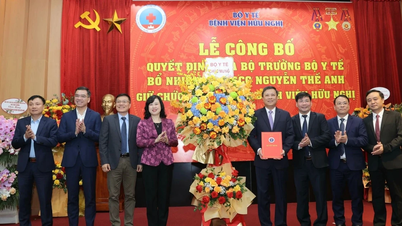

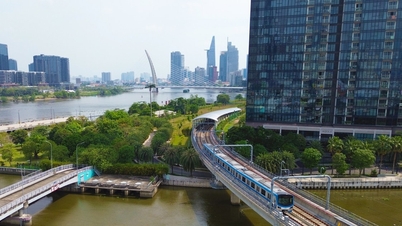

![[Video] Closing ceremony of "Thang Long-Hanoi Festival 2025"](https://vphoto.vietnam.vn/thumb/402x226/vietnam/resource/IMAGE/2025/11/17/1763355467619_anh-ha-noi-5202-jpg.webp)
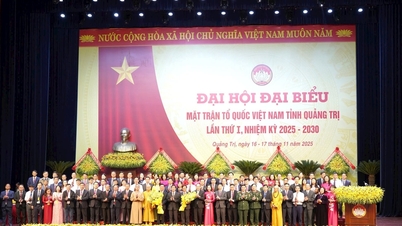
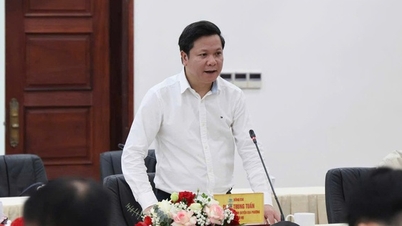


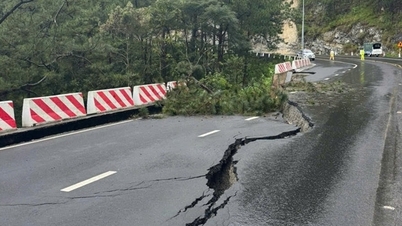






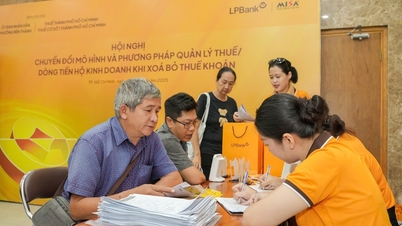
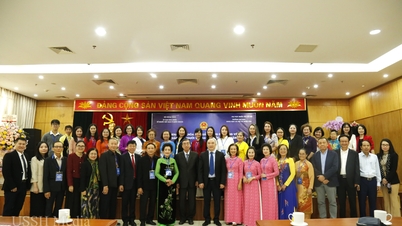
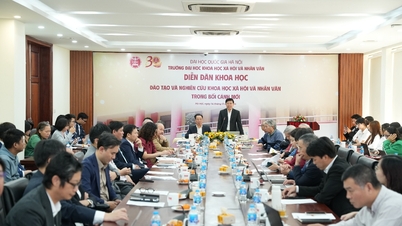

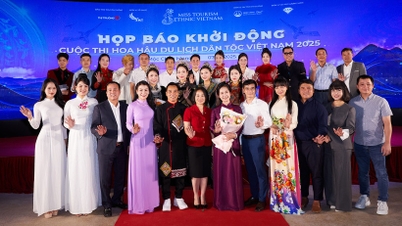


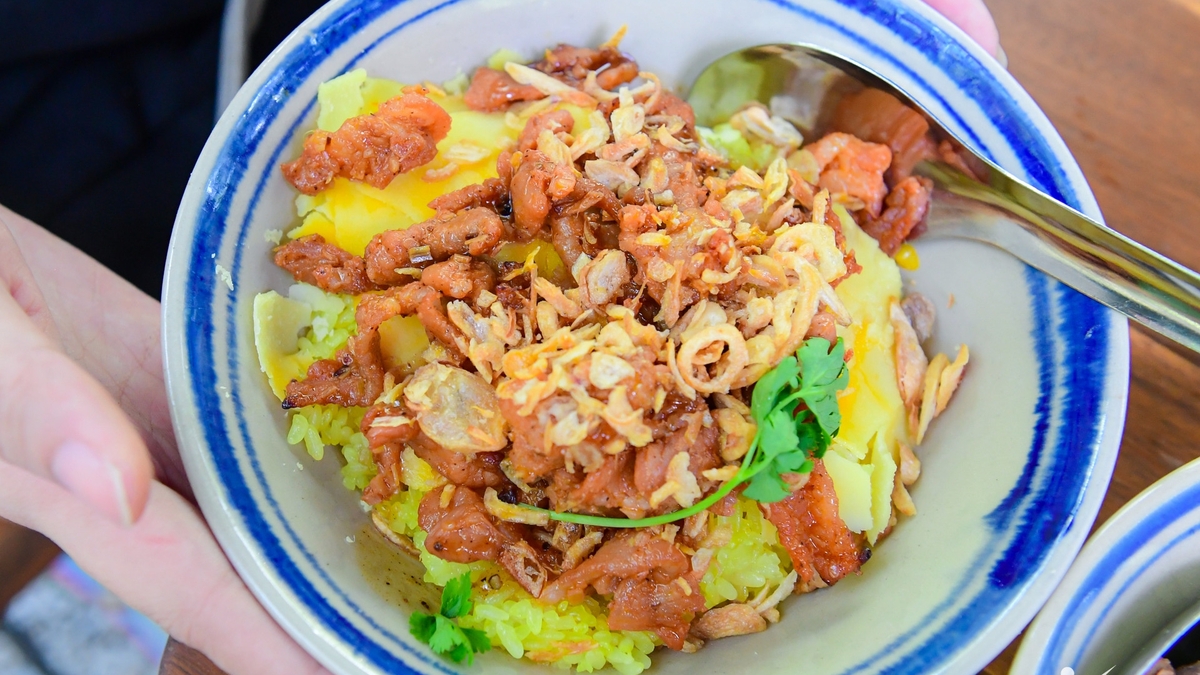
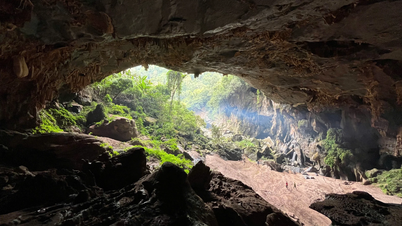

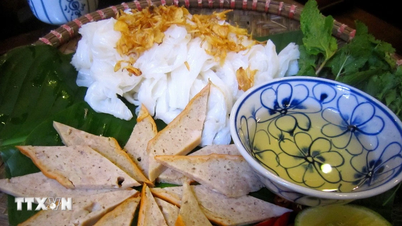
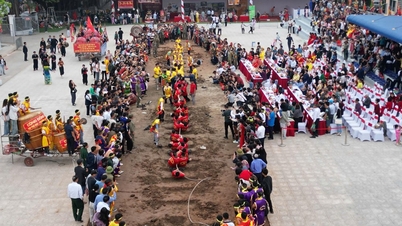



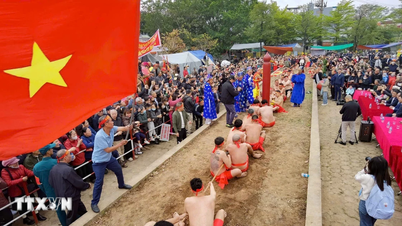


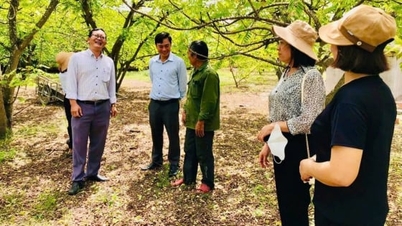

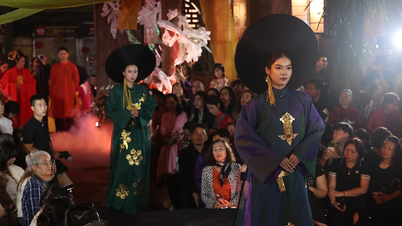
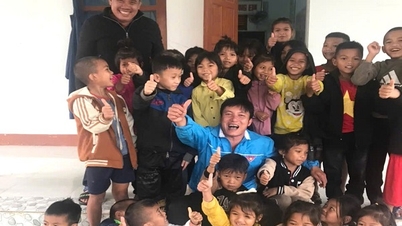

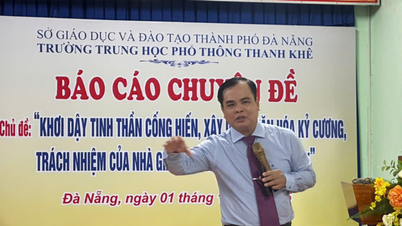




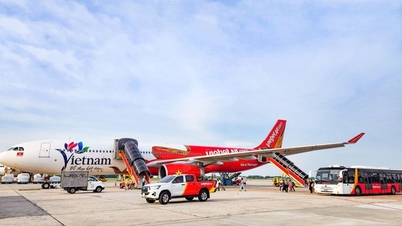
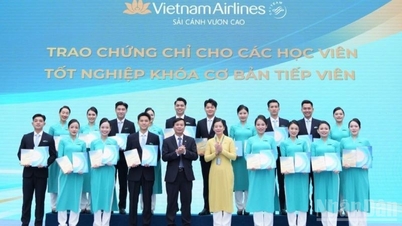
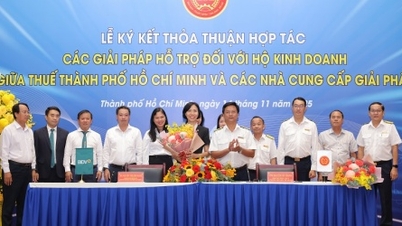

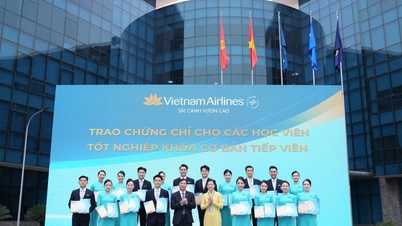




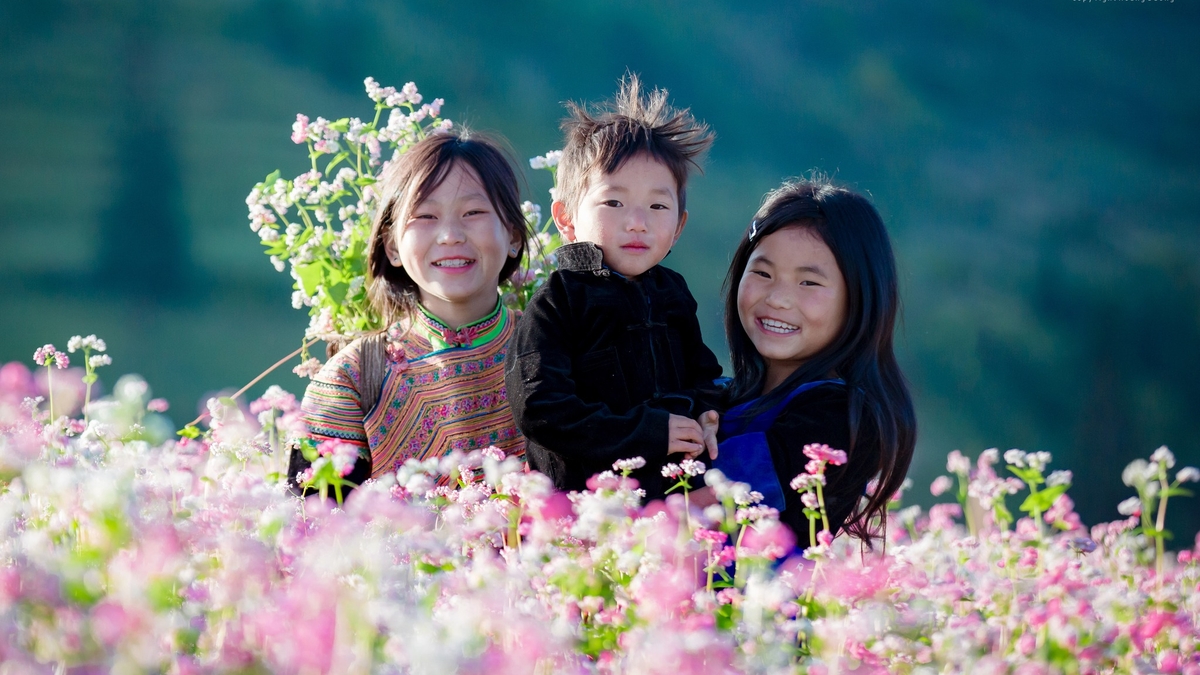

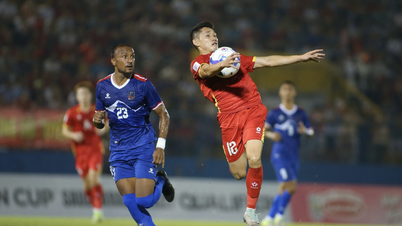


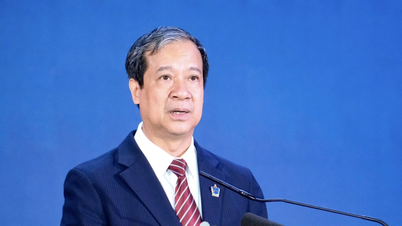

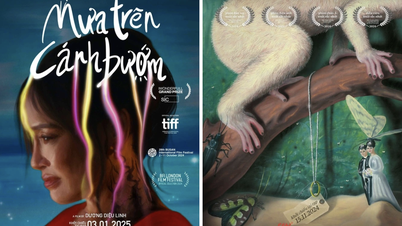
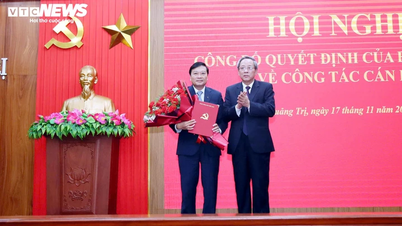

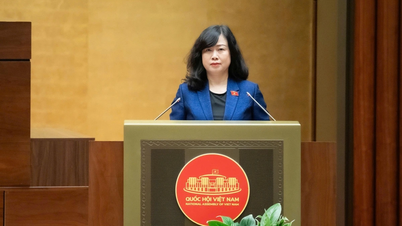
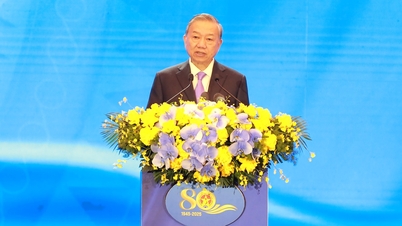

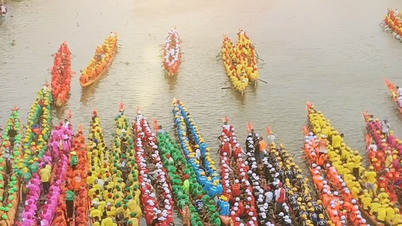

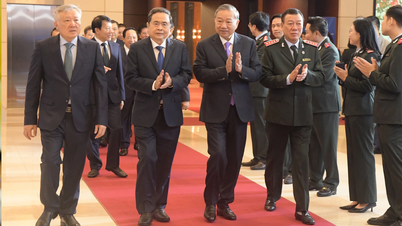


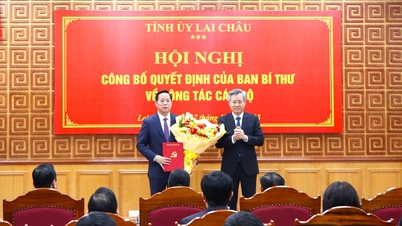
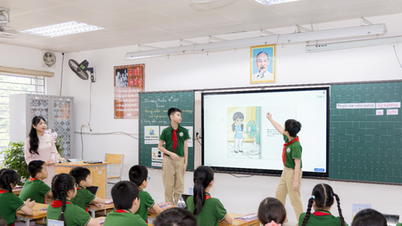

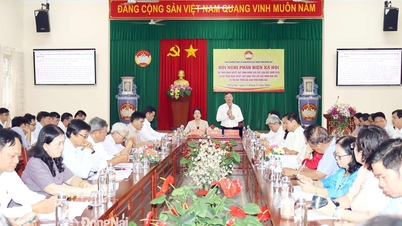

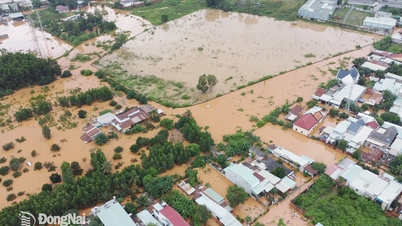
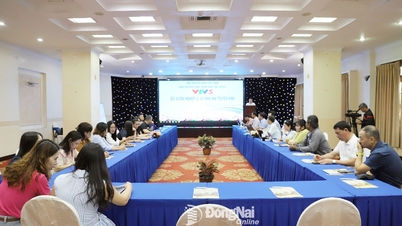
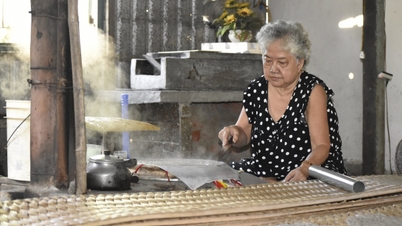


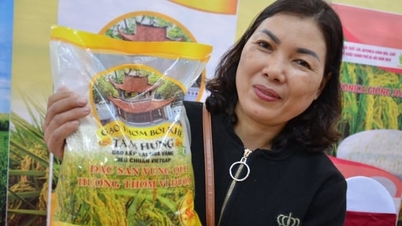


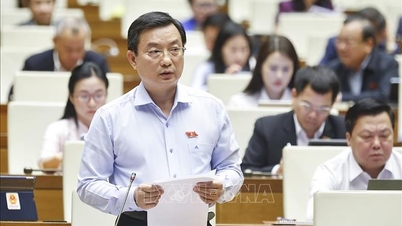





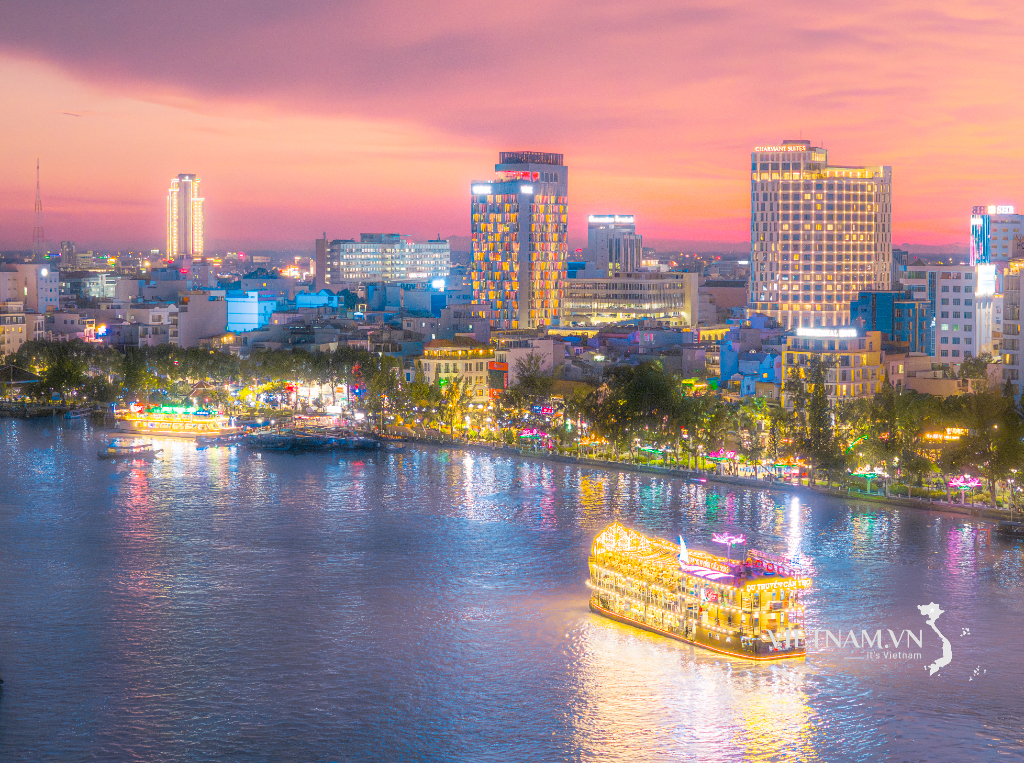
Comment (0)